







TIDBITS® ISASTONISHEDBY THEDEEPBLUEOCEAN
by Janet Spencer
When you’re talking about 7 miles (11 km), it doesn’t seem like that much of a distance. A person could walk that far in about two hours. But it’s a different story when you’re talking about almost 7 miles straight down to the bottom of the ocean. The Mariana Trench, formed by the subduction of the Pacific tectonic plate sliding underneath the Philippine plate, is a curved slit in the ocean floor in the western Pacific that’s 1,584 miles (2,550 km) long which is about equal to five Grand Canyons laid end to end. It’s 43 miles (69 km) wide, and about 35,800 feet (10,912 m) deep. That’s nearly 7 miles. How deep is that, exactly? Here are some facts and figures to put it all in perspective. Come along with Tidbits as we sink to the bottom of the deep blue sea!
HOW DEEP IS IT?
• 131 feet (40 m): Average depth of most pearl divers and snorklers.
• 330 feet (100.6 m): Average hunting depth of a blue whale.
• 660 feet (200 m): The point at which light fades out, and the ocean gets dark.

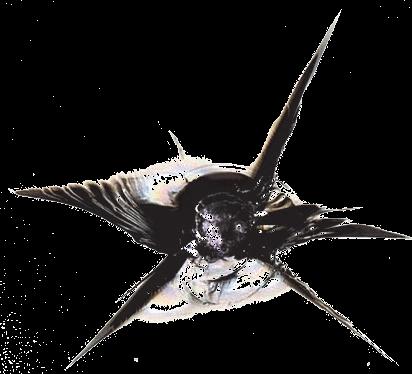


• 700 feet (213 m): Average traveling depth of the USS Triton, the first submarine to circumnavigate the oceans, in 1960.
• 831 feet (253 m): Deepest single-breath free dive in history, set by Herbert Nitsch in 2012. (cont)



























Of The Mid-Ohio Valley
is Published & Distributed Weekly By: CindAl Publishing Company 812 55th St. Vienna, WV 26105 e-mail: alan@tidbitsmov.com
Advertising: 304.210.3812
We reserve the absolute right to accept, reject, discontinue or refuse any advertisement personal or commercial that we deem may not be conducive for our publication or Tidbits®. The publisher does not assume any responsibility for the claims of its advertisers. Tidbits® is committed to remain a family oriented publication. www.tidbitsmov.com
THE OCEAN DEEP (cont)
• 990 feet (300 m): Maximum depth ever recorded of a bottlenose dolphin, a dive made by Tuffy, a dolphin trained by the US Navy. Most dolphins remain in the shallows where their prey is found.
• 1,090 feet (332 m): Deepest dive by a scuba diver, set by Ahmed Gabr in 2014 after training for four years. It took him 12 minutes to go down and 15 hours to come back up in order to avoid the bends.
• 1,755 feet (535 m): Maximum depth of an emperor penguin, the largest of all penguins. They can remain underwater for 18 minutes and never get the bends. They have solid bones to help them sink, unlike the hollow bones of birds that fly.
• 1,968 feet (600 m): Maximum depth of the Weddel seal, which lives most of its life underwater and can remain submerged for an hour due to iron-rich oxygen-binding proteins in its muscles that store oxygen. Weddel seals only leave the water to breathe, feed their young, or rest.
• 2,723 feet (830 m): The deepest dive of the largest operational submarine ever built, “Project 949AAntey,” which was constructed by the military for research purposes.
• 3,280 feet (1,000 m): Deepest dives of pilot whales, the largest dolphin species. They get their name because they travel in pods with a single leader out in front. They dive to this depth in search of squid.
• 4,200 feet (1,280 m): Deepest depth of leatherback turtles, the 4th heaviest reptile on earth. They dive to follow the daily migration of jellyfish. They come out of the water only to lay eggs.
• 4,200 feet (1,280 m): Maximum depth most commercial fishing nets reach. (cont)

Tammy Tidbits is hiding In this issue of TidbitsMOV

When you find her, to enter the weekly contest, please send us a message including your name, POSTAL MAIL address, the issue number you are referring to and which AD is hosting Tammy for the week! Visit www.tidbitsmov.com or send the answer with the above information to alan@tidbitsmov.com OR you may send us a private message to our Facebook page - @TidbitsMOV. PLEASE do not post the answer directly to the page - that ruins the fun for everyone. All winners will be drawn randomly from correct responses and will be posted weekly. You are welcome to play every week, but you are only eligible for one winner per household per month.



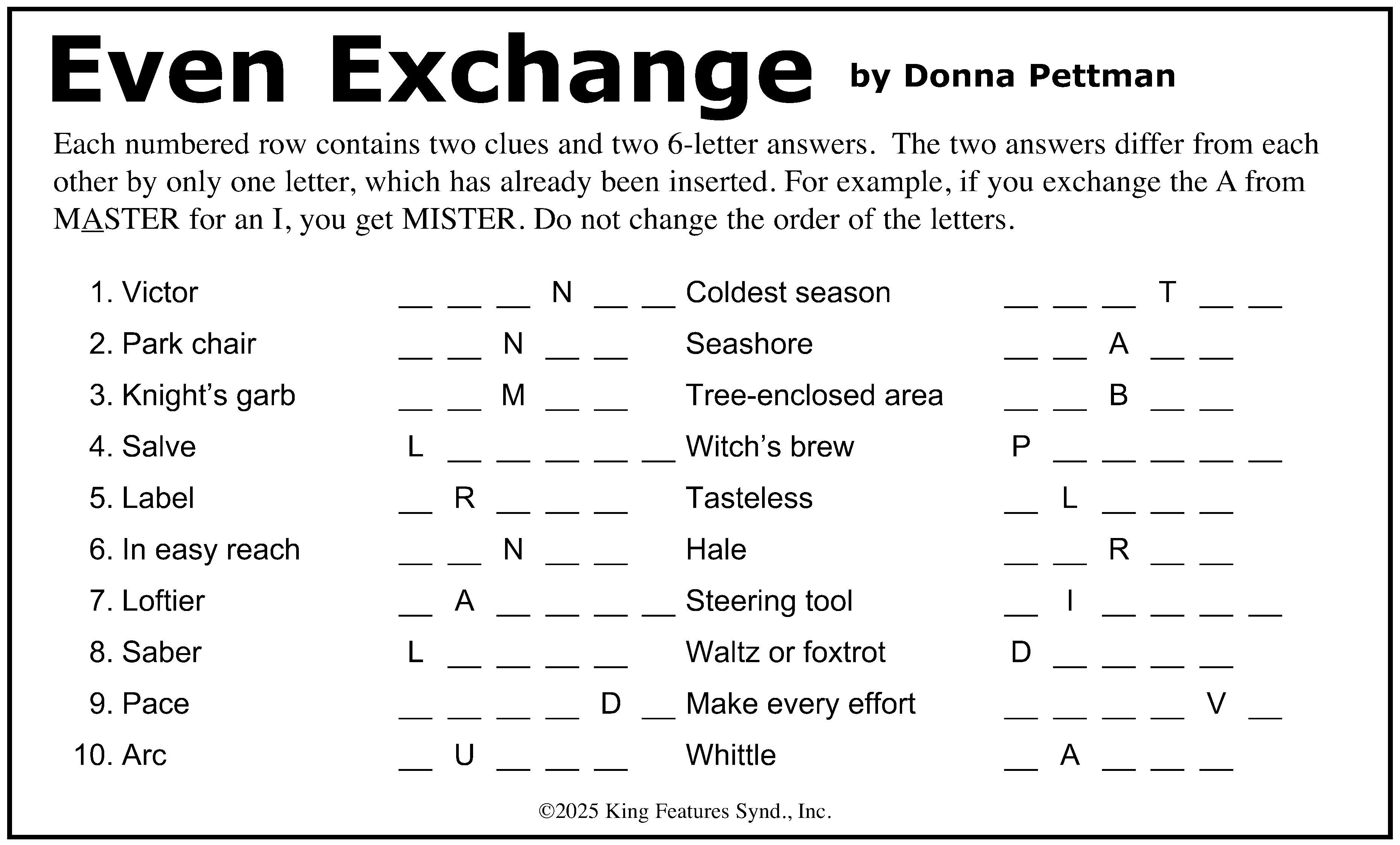










THE OCEAN DEEP (cont)
• 7,835 feet (2,388 m): The deepest depth of the elephant seal, which can hold its breath for over 100 minutes. They can stay submerged due to the high level of myoglobin (oxygen-storing protein) in their blood. Their blubber protects them from the cold.
• 8,000 feet (2,450 m): Depth of the sea floor mooring of the deepest oil drilling platform, the Perdido, in the Gulf of Mexico.
• 9,816 feet (2,992 m): Maximum depth of the Cuvier’s beaked whale, which can function in complete darkness at crushing pressure levels. They can stay underwater for 2 hours and 17 minutes, making them the deepest and longest marine divers on the planet. They dive for squid and other deep-water fish, and are challenging to study because they tend to remain at depth and shy away from boats. They have high levels of both myoglobin and hemoglobin in their blood and muscles, making their blood so deeply crimson that it appears black. They also have a foldable rib cage that adjusts the size of air pockets in their chest, which regulates buoyancy.
• 12,139 feet (3,700 m): Average depth of the oceans worldwide.
• 12,467 feet (3,800 m): T
• Depth of the wreck of the “unsinkable” Titanic, which was discovered by accident when Dr. Robert Ballard was on a top-secret military mission to find two wrecked nuclear submarines. Research has revealed 28 different species of sea creatures living within the wreck. The iron infrastructure of the ship is covered with a newly discovered rust-eating bacteria now named Halomonas titanicae which is Greek taxonomy for “salt-tolerant microbe of the titanic.”
• 20,000 feet (6,096 m): Average depth at which transatlantic lines are laid. (cont)
ATTENTION: Sleep Apnea Sufferers... A FREE Report Reveals That There Is Hope for Those Who Can't Use CPAP! A local doctor's new FREE report reveals a solution for those who suffer from claustrophobia, mask leaks, skin, and sinus irritation that can come from CPAP use.
If you've been told that you do not have options and you are stuck with a CPAP machine that you cannot tolerate, then you must find out the 6 simple steps you can take to get better sleep, and the new revolutionary alternative that is changing people's lives daily!
Reader's of the recent special report have discovered that they can now treat their sleep apnea effectively, and they are experiencing deeper sleep, less snoring, and a better quality of rest WITHOUT the frustrations that CPAP can cause. Many are reporting near-immediate relief from their sleep apnea symptoms and their bed partners are sleeping better, too.
Don't give up on treating your sleep apnea, because you don't have to!
To receive a copy of the FREE report entitled: "Six Steps for Starting Oral Appliance Therapy: How to Treat Your Sleep Apnea Without a CPAP" call our office at 740-205-6103 and we'll get you the report right away!
The call is free and so is the report!
Thanks,

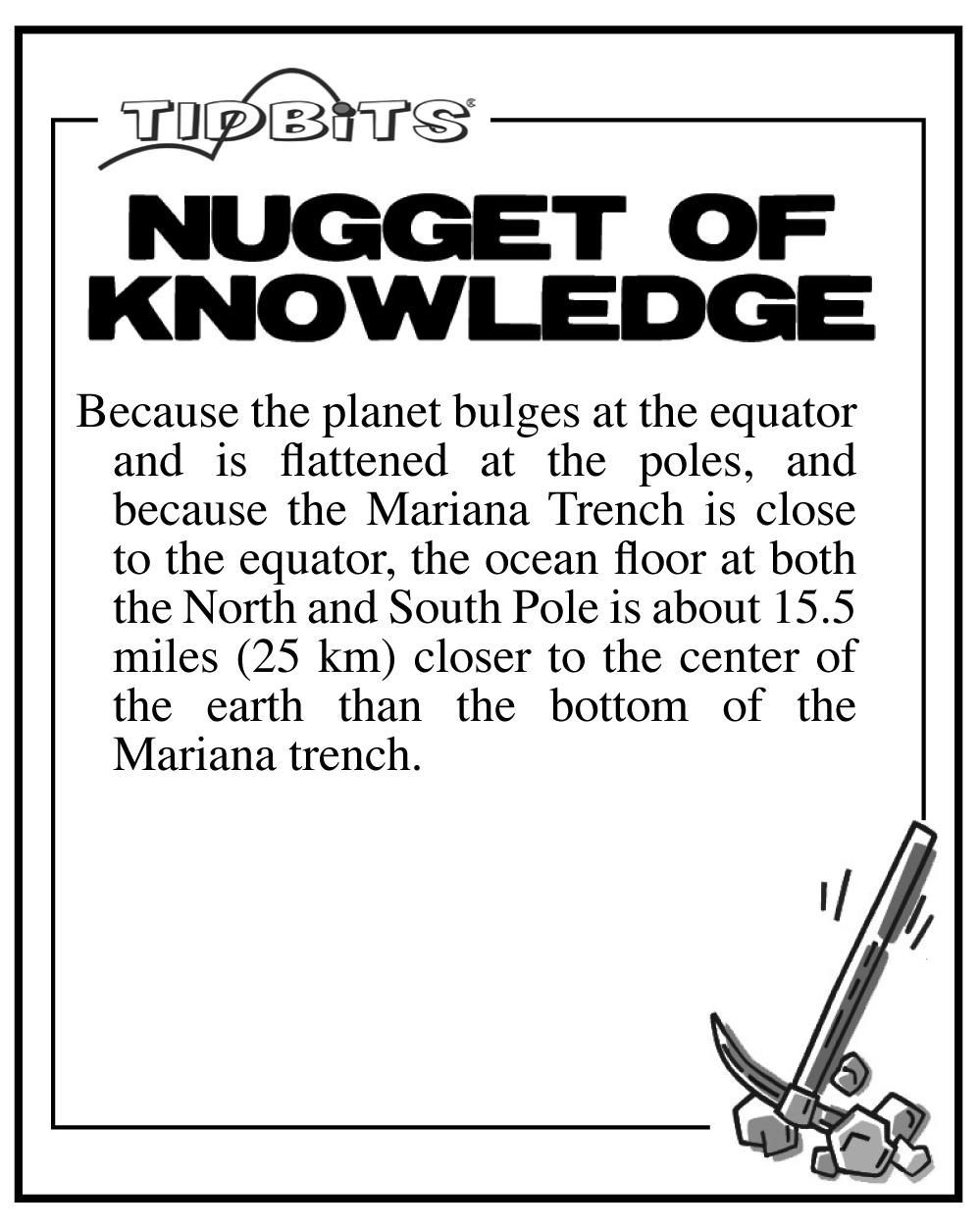






THE OCEAN DEEP (cont)
• 22,621 feet (6,895 m): Depth at which the wreckage of the USS Samuel B. Roberts lies, the deepest known shipwreck, sunk in 1944 while trying to prevent the Japanese Navy from interfering with an amphibious invasion of a Philippine island.
• 35,797 feet (10,911 m): Depth that the bathyscaphe “Trieste” achieved when piloted by oceanographer Jacques Piccard and US Navy Lieutenant Don Walsh in 1960. They stirred up so much silt they could barely see out of the porthole, but were astonished to see flatfish and shrimp at the very bottom of the Mariana Trench at a time when everyone thought the bottom of the sea was barren of life. The discoveries made by the “Trieste” led to a ban on dumping nuclear waste in the ocean. It took 4 hours and 47 minutes for the “Trieste” to descend and 3 hours and 15 minutes to resurface after the porthole window cracked under pressure.
• 35,787 feet (10,908 m): Maximum depth reached by James Cameron in the “Deepsea Challenger” submersible on a solo dive in 2012, some 52 years after the “Trieste.” Cameron took pictures, shot videos, and gathered samples from the sea floor, spending 3 hours at the bottom. His samples proved that many creatures live at the maximum depth of the ocean and that a living microbial mat covers much of the sea floor. When things started to malfunction, he resurfaced. It took two and a half hours to go down and 67 minutes to get back up.
• 35,835 feet (10,928 m, equal to 6.79 miles / 10.9 km): The deepest depth ever reached by a human, accomplished by the extraordinary explorer Victor Vescovo in a Deep Submergence Vehicle in 2019. At the very deepest point of the Mariana Trench, Vescovo recorded what was either a plastic trash bag or a plastic candy wrapper on the sea floor.
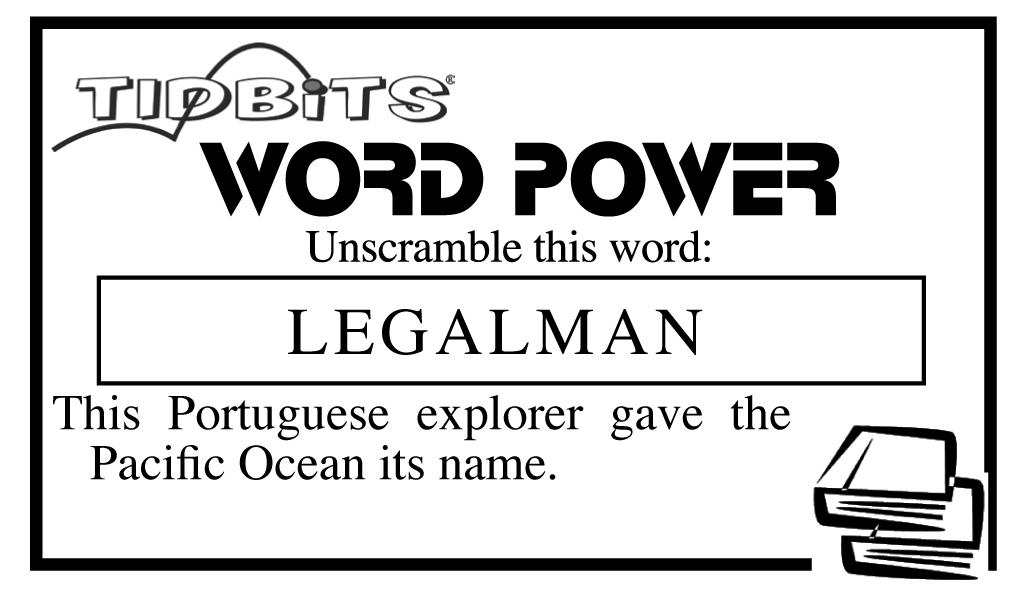





Pulled Pork Nachos: The MVP of Game Day Snacks
It's coming up on Super Bowl weekend, and if you know me, you know I'm all in for two reasons: the commercials and the food!
I don't care who makes the most baskets! (Please know I'm kidding ... mostly.) Any excuse to host a party, right? And what's a game day party without a big, cheesy platter of nachos?
This year let's skip the basic chips-andcheese routine and level up with Pulled Pork Nachos the ultimate crowdpleaser. Sweet, savory and spicy, these nachos hit all the right notes. Imagine layers of saucy pulled pork, black beans, jalapenos, BBQ sauce, melty cheese and dollops of sour cream piled high on crunchy tortilla chips. It's a touchdown of flavor!
I love making a great big batch of pulled pork it's the gift that keeps on giving. One roast can fuel a bunch of meals: pulled pork sandwiches, tacos, burritos, pork verde stew, or served simply with rice and veggies. And, of course, these nachos.
To make these nachos fabulous without overspending, add more black beans, pinto beans or refried beans to bulk up the dish and stretch your protein. Add any leftover roast veggies, cooked chicken or hamburger to the platter.
EASY PULLED PORK
Yield: 6-8 servings
Total Time: Varies by method
4-5 pounds pork shoulder, cut into 4 pieces
1 teaspoon salt

1/2 teaspoon black pepper
1 onion, chopped
1 cup BBQ sauce
1 cup chicken broth
Ways to Cook:
Instant Pot: Season pork with salt and pepper. Set Instant Pot to Saute, brown pork on all sides. Add onion and cook briefly. Pour in broth and BBQ sauce; stir. Seal lid; cook on high pressure for 60 minutes. Natural release for 10 minutes; shred pork.
Oven: Preheat to 325 F. Season, then brown the pork in an oven-safe pot. Add onion, broth and BBQ sauce. Cover; bake for 3-4 hours until tender. Shred pork; mix with sauce.
Slow Cooker: Season pork; place in slow cooker. Add onion, garlic, broth and BBQ sauce. Cook on low for 8 hours or high for 4-5 hours. Shred pork; combine with sauce.
PULLED PORK NACHOS
Yield: 4-6 servings
Total Time: 15 minutes
1 large (15 to 20 ounce) bag of tortilla chips (store brand is fine)
3 cups shredded, pulled pork
1/2 cup BBQ sauce (homemade or store -bought)
2 cups shredded cheddar cheese (or a cheese blend)
1 (15 ounce) can black beans, drained and rinsed
1/2 red onion, thinly sliced 1/2 cup red bell pepper, chopped 1/4 cup pickled jalapenos (or more, to taste)
1/4 cup sour cream or ranch dressing (optional drizzle)
Fresh cilantro, green onions, sliced tomatoes and lime wedges (optional garnish)




Preheat oven to 375 F. Spread tortilla chips evenly on a large sheet pan. Toss the shredded pork with BBQ sauce until evenly coated. Distribute over the chips. Sprinkle the shredded cheese generously over the meat and chips. Distribute the black beans over the cheese. Scatter sliced red onions and pickled jalapenos over the whole thing. Place in the oven for 8-10 minutes or until the cheese is melted and bubbly, and everything is toasted up nicely. Remove from the oven and drizzle with sour cream and/or ranch dressing (optional). Sprinkle with fresh cilantro and/or other toppings as desired. Game day or not, you can't go wrong with a crispy tortilla chip loaded with smoky, tangy, cheesy goodness. It's the kind of snack that turns any gathering into a celebration. So, grab your apron, whip up a platter of these nachos, and let the cheering begin!

THE FLU VIRUS
• The existence of viruses was proven in the year 1892. Russian botanist Dmitri Iwanowski was performing experiments on tobacco plants when he noted that some submicroscopic agent had passed through a filter that was so microscopically dense that it trapped virtually all bacteria. Yet somehow, the plants got infected with something far smaller than bacteria, and the disease subsequently spread to all his previously healthy plants.
• Other scientists followed up, and by 1900, the existence of viruses was accepted throughout the scientific community even though they were too small to see. An actual virus would not be seen until the electron microscope was invented in 1931. The first virus ever seen was Iwanowski’s “tobacco mosaic virus” which was isolated and identified in 1939.
• If a virus were the size of a tennis ball, a bacteria would be the size of a beach ball, and a human would be 500 miles (804 km) tall.
• Avirus cannot reproduce on its own. To replicate itself, it first attaches itself to the membrane of a cell in the body. Then it penetrates the membrane and enters the cell, injecting its own genetic material and reprograming the cell to make copies of the virus. When the cell is so stuffed with copies of the virus that it can’t hold any more, the cell bursts open, releasing the virus into the bloodstream where it spreads throughout the body, repeating the process over and over.
• Coughing, speaking, and sneezing spew the virus into the air where they are either inhaled, or land on a surface that another person might touch, then transferring the virus to the mouth, nose, or eyes.
• The virus that causes the common cold can remain active on a doorknob for about three days. (Continued page #7)
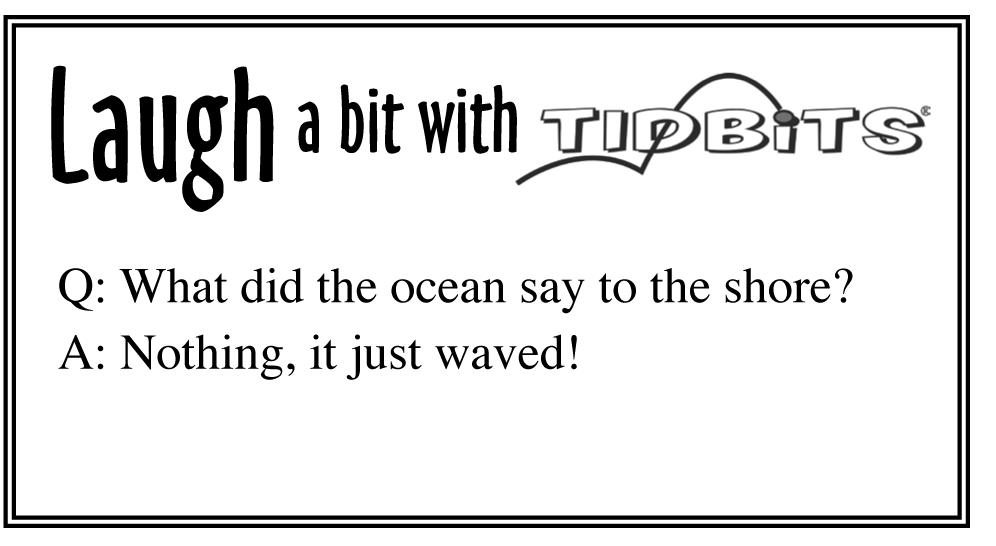














Jules Verne’s sci-fi novel “Twenty Thousand Leagues Under the Sea” has a misleading title. A “league” equals about 3 miles, so 20,000 leagues is 60.000 miles (96,00 km). There’s no place in the ocean that deep. The title referred to how many miles the submarine traveled under the sea, not how deep it went.

















































Cold weather can be deadly for outdoor cats
DEAR PAW'S CORNER: I care for a rescued barn cat who refuses to come indoors she will come onto the porch for food and water, and let me pet her, but that's about it. I was able to get "Gertie" spayed a few years back, so that's no longer a problem. However, I worry about her in the cold weather. What do you recommend to keep outdoor cats from suffering in freezing temperatures? Caroline in Roanoke, Virginia
DEAR CAROLINE: Shelter is important during the coldest months of the year, and even if an outdoor cat has survived OK in past winters, that can change especially as they get older.
Food, water and shelter are the three biggest things you can provide to help an outdoor cat survive and remain healthy during the winter. Place fresh water in a container that won't freeze easily, such as a thickwalled dish.
The Humane Society of the United States recommends building (or purchasing) an outdoor cat shelter that is appropriate for their size not too snug, but not so large that it can't hold in the cat's body heat (www.humanesociety.org/resources/howcare-outdoor-cats-winter).
You can line the inside of the shelter with Mylar sheets that reflect body heat even better. For bedding, an old pillowcase filled with packing peanuts or crumpled newspaper is helpful, or you can use straw. Place the shelter near where you've observed the cat resting, or try placing it on the porch next to her food and water. (Don't put water inside the shelter in case it spills.)
Remove and replace bedding every couple of weeks to keep things fresh and help maintain warmth.
Send your tips, comments or questions to ask@pawscorner.com.
(c) 2025 King Features Synd., Inc.






THE FLU VIRUS (cont)
• The flu virus can survive on paper money for up to two and a half weeks if it’s covered by a microscopic blob of protective mucus like the ones spread through the air by a sneeze.







• The body fights the virus by creating antibodies which attack and destroy the virus. Once the body has been under attack by a certain virus, which antibodies have defeated, those antibodies remain in the bloodstream for many years, ready to attack that virus if it ever returns. This is the basic fact behind the effectiveness of vaccines, where a small sample of dead or weakened virus is injected into the bloodstream. Antibodies form quickly and remain in circulation.
• The influenza virus mutates frequently, which is why a new flu shot is available each year. Even so, the annual flu vaccine might be only 60 to 70% effective. However, when people who received a flu shot get the flu, they tend to have milder symptoms than those who never had the specific vaccine for that strain of flu.
• Many species of animals can get the flu, including chickens, horses, and pigs.
• There are hundreds of thousands of different strains of viruses, but only 586 have been known to infect animals. Of those, only 263 affect humans. By far the majority of viruses infect only bacteria.
• The word “influenza” is Italian, meaning “influence” because they thought that the heavens influenced the illness.
• The word “virus” was invented by a Dutch botanist in the year 1900. It’s Latin for “toxin.”
• A virus discovered in Siberia which had been frozen in permafrost for over 30,000 years sprang to life when thawed out and injected into an amoeba.






* "For a small splinter that is buried, try this trick before you go digging around with a tweezer or a sterilized needle. Use a piece of banana peel laid pulp-sidedown over the splinter and cover it with a bandage. Leave it on overnight if possible. It has something to do with the enzymes in the peel as it ripens, but it will help draw out the splinter. The peel needs to be nice and ripe, and it might take a couple of tries." D.M.

* Keep a lint roller by the sewing machine to quickly swipe up those tiny bits of thread. It'll keep your sewing area from getting messy.
* Sharpen scissors by cutting through a piece of aluminum foil that has been folded over several times. It really does work!
* Need a substitution for buttermilk? You can use an equal amount of plain, unflavored yogurt, or for each cup, add a teaspoon of vinegar or lemon juice to a cup of milk.
* "On chore days, I write each chore or step of a chore on a sticky note and attach them to the kitchen counter. Then we all get together and decide who will do what. We end up with our stack of sticky notes and can complete the chores in an organized fashion." R.E. in Alabama
* Parents of twins (or other multiples): It really does make a difference when you join a multiples club or keep in touch with an organization for that purpose. Most do clothing swaps or sales fairly often, and the money you'll save in the clothing the first year is worthwhile.
Send your tips to Now Here's a Tip, 628 Virginia Drive, Orlando, FL 32803. (c) 2025 King Features Synd., Inc.
